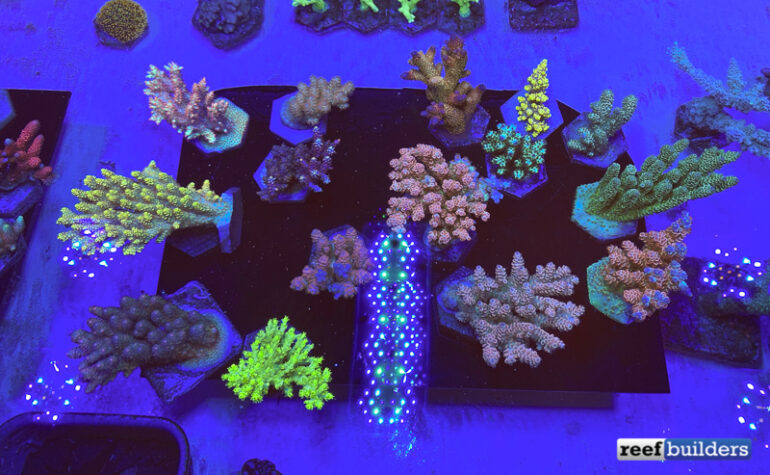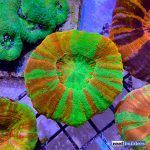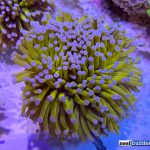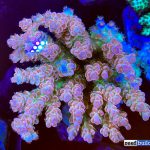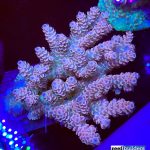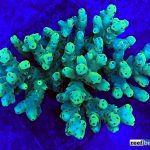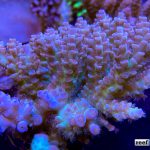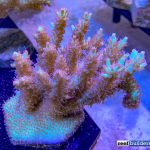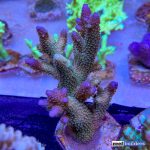Dosing of liquid additives is one of the most important aspects of routine aquarium maintenance, and paramount to having a healthy, growing reef tank. Despite this being such a critical part of a reef aquarium regime, the conversation about dosing – or restoring mineral balance at large – is pretty much stuck primarily on automation, either through automatic dosing, calcium reactors, and to a lesser degree kalkwasser.
As with so many other things there’s not a single right way to do it, and the most practical solution will ultimately depend on what type of reef aquarium you are keeping. If you have just one tank, and you are so inclined to ‘trick it out’, then by all means have fun setting up all the automatic gizmos and/or installing 6, 7, or 12 channels of dosing liquid additives.
But this is not a practical approach for us since we have so many tanks and coral reef displays at the Reef Builders Studio, we could easily find ourselves with upwards of 100 dosing pump heads, something which doesn’t jive with our hands-on approach to reef building. We find it much more practical to have a healthy balance of both automatic dosing for the most important mineral elements – calcium, buffer, magnesium – and for everything else we rely on freestyle manual dosing of traces, amino acids, and small quantities of liquid foods.
Using measuring bottles to streamline frequent manual dosing
If your idea of manually dosing involves opening up a bottle one by one, pouring it out carefully into a cap or a measuring beaker, then of course you’re not going to be thrilled at the prospect of adding chemicals by hand. But as we’ve written about many times over the years, we use an assortment of dosing bottles and pump bottles to very easily and quickly dose a variety of tank volumes pretty much every day.
The dosing bottles are used mostly for solutions that are added at a rate of around 10 to 30 ml at a time, such as AcroPower amino acids, and Red Sea Reef Energy AB+ liquid food. Meanwhile the pump bottles are more practical for additives used in very small quantities such as trace elements, Brightwell Koral Color, BoroChrom and Strontium of which we might add between 2 to 5 ml per day.
Dosing bottles have graduated measurements built right in so there’s no need for an additional measuring tool, but you’ll still need a graduated cylinder in order to calibrate the volume dispensed by pump bottles. For elements like iodine that are used in the smallest quantities, the dropper included with Brightwell Lugol’s is fine for the meager one drop per 50 gallon that we add only periodically.
The reef aquarium hobby went literally decades without automatic dosing pump systems with Kalkwasser and calcium reactors being the closest thing to automation for generations of reefers. Before that the rest of us mostly dosed the necessary elements, chemicals and trace supplements by hands, and it can be a great way to stay in synch with your reef tank.
Whether you have a 30 gallon tank or a 10,000 gallon commercial aquaculture facility, dosing is a necessity of keeping the chemistry where it needs to be to replenish what is taken up by your corals. Using dosing bottles and pump bottles can be an easy and efficient way to add manual dosing to your aquarium routine, but what you do and how will ultimately depend on your particular reef tank.
As a side note, there’s a whole contingency of laid back reefers who take a more hands-off approach to reefing, proudly touting the years since their last water change and how they’ve never dosed a single thing. There’s surely some room to keep corals alive and growing without dosing – especially if you only have a few corals and a lot of water volume.
But if you have a good, dense population of corals that are growing fast in a smaller water volume, dosing can really improve the health, color, and polyp extension of your corals. As most of you already know, we definitely take a more active engagement with our reef tanks and to show you the value of fine tuning your reef tank chemistry, here’s a sampling of how our corals look when we’ve got everything truly dialed in.


